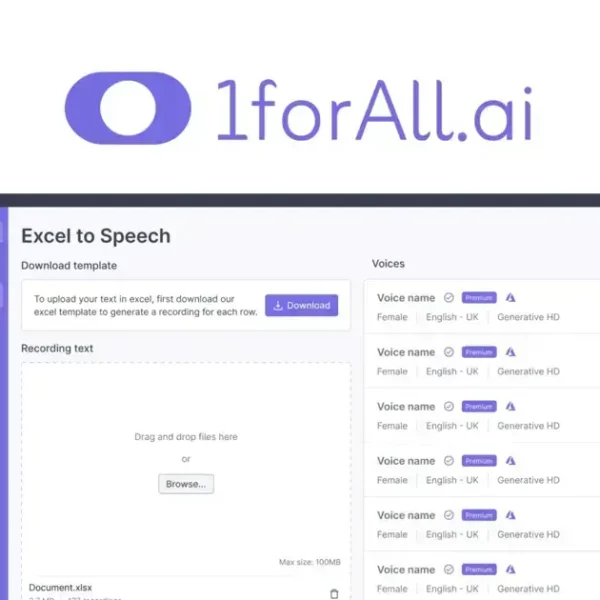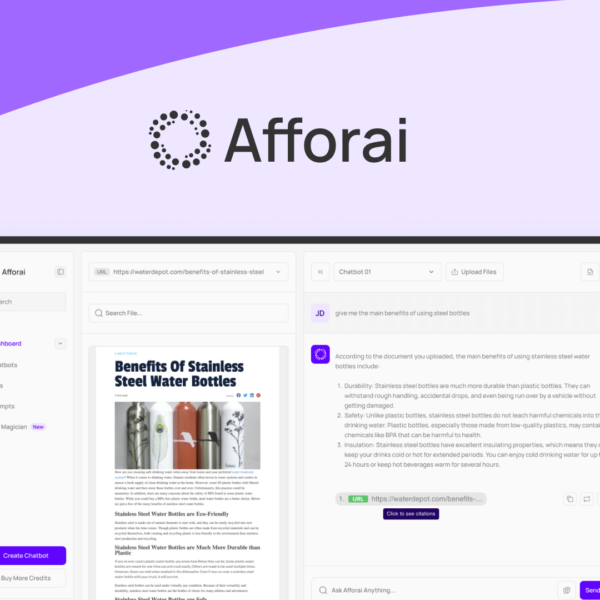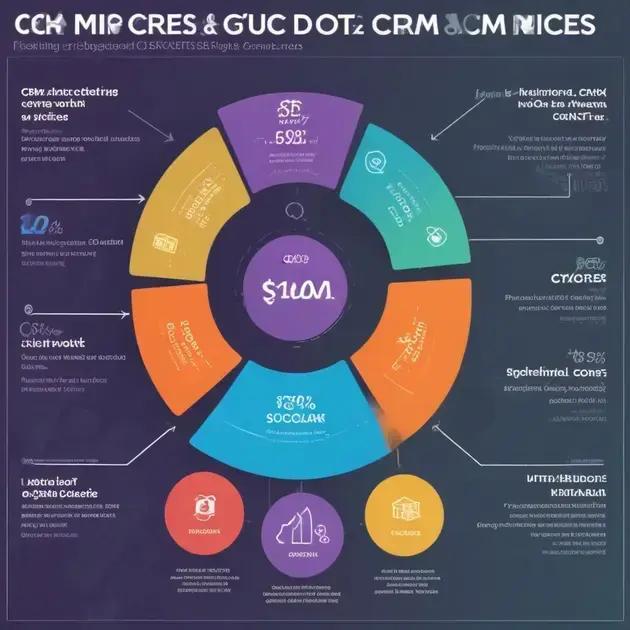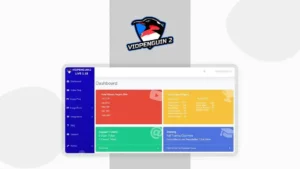Understanding CRM pricing is crucial for businesses. Key factors include total cost of ownership, hidden fees, scalability, and user needs. By comparing popular options and avoiding common mistakes, you can select a CRM that fits your budget and supports your business growth effectively.
CRM pricing can often feel like a maze, right? With numerous options available, knowing how to navigate through various choices is crucial for making an informed decision. In this post, we will break down the different CRM pricing models, explore factors that influence costs, and help you identify the best fit for your unique business needs.
Understanding CRM Pricing Models
Understanding CRM pricing models is essential for businesses looking to select the best customer relationship management tool. Various pricing structures exist, each catering to different business needs. Let’s explore the most common models.
Flat-Rate Pricing
In this model, a single price is charged for all features offered in the CRM. This pricing approach is straightforward and ideal for businesses that prefer predictable expenses. With flat-rate pricing, companies can plan their budgets effectively without worrying about sudden cost increases.
Per User Pricing
Many CRM solutions use a per-user pricing model. This means fees are based on the number of active users accessing the CRM. It’s beneficial for organizations that want to scale their usage according to their team size. However, as your team grows, costs may increase significantly.
Tiered Pricing
Tiered pricing offers several packages with different features and capabilities. This model allows businesses to choose a plan that best fits their needs and upgrade when necessary. It provides flexibility and can be a great way to manage budgets while ensuring access to essential features.
Freemium Pricing
Some CRM providers offer a basic version of their software for free while charging for premium features. This model is advantageous for small businesses with limited budgets, allowing them to test the software before committing to a paid plan. However, it’s important to understand what features are missing in the free version.
Usage-Based Pricing
With usage-based pricing, costs are incurred based on how much you use the CRM. This approach may suit businesses that have fluctuating needs for CRM resources. However, it can lead to unpredictable expenses if usage increases significantly.
Understanding these various CRM pricing models will help you choose the right solution that aligns with your budget and business goals.
Factors Influencing CRM Pricing
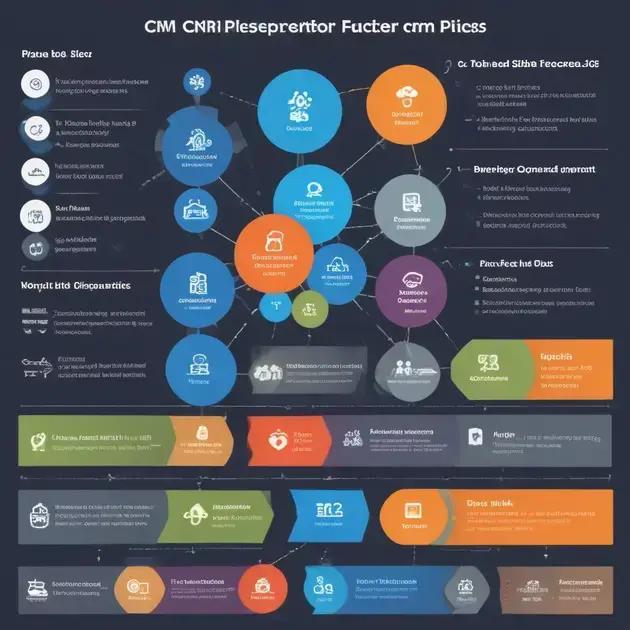
Several factors influence CRM pricing that businesses should consider when selecting the right software. Understanding these factors can help in making an informed decision based on your specific needs.
Features and Functionality
The number of features offered by a CRM system plays a significant role in its pricing. More advanced functionalities, such as automation, integration with other tools, and analytics, typically come at a higher cost. Businesses should assess which features are necessary for their operations to avoid paying for extras they may not use.
Number of Users
Most CRM systems charge based on the number of users. A larger team may lead to increased costs, so businesses should evaluate their needs carefully. Some CRMs offer discounts for organizations with more users, while others can become expensive as user counts rise.
Customization Needs
Customization options also affect CRM pricing. If your business requires a tailored solution to fit specific workflows or industry needs, costs can increase. Customization may include workflows, reports, or dashboards specifically designed for your organization.
Support and Training
Customer support and training options can be additional costs to factor in. Some CRMs include these services, while others charge extra. A good support system can make a significant difference in successfully implementing and using a CRM.
Contract Length and Payment Plans
The length of the contract and payment methods can also influence pricing. Month-to-month plans may be more expensive than annual contracts, which often offer discounts for long-term commitments. Understanding the payment structure is important for financial planning.
By considering these factors influencing CRM pricing, businesses can make informed choices that align with their budget and operational needs.
How to Choose the Right CRM for Your Budget
Choosing the right CRM for your budget involves careful consideration of several key factors. With numerous options available, making an informed decision can save both time and money. Here are some steps to guide you.
Assess Your Business Needs
Begin by identifying the specific needs of your business. Consider the size of your team, the functionalities you require, and your growth projections. Understanding your core requirements will help you narrow down your options effectively.
Set a Budget
Establish a clear budget for your CRM expenses. Determine how much you can allocate monthly or annually. Keep in mind that some CRMs have hidden costs, such as additional fees for support or advanced features, so be sure to factor those into your budget.
Research Available Options
Once you have a budget, research various CRM solutions that fit within your price range. Read user reviews, compare features, and consider which options align best with your business objectives. Free trials or demos can also be useful for evaluating if a CRM meets your expectations.
Check for Scalability
Choose a CRM that can grow with your business. Consider whether the pricing model allows for additional users or features as your company expands. A scalable solution can save you the hassle of switching CRMs in the future.
Evaluate Support and Training
Lastly, assess the customer support and training options provided by the CRM vendor. Reliable support can ease the transition and help your team to utilize the software fully. Look for CRMs that offer onboarding assistance, tutorials, and active customer service.
By following these guidelines, you can choose the right CRM for your budget that meets your business needs and supports your growth.
Comparing Popular CRM Pricing Plans
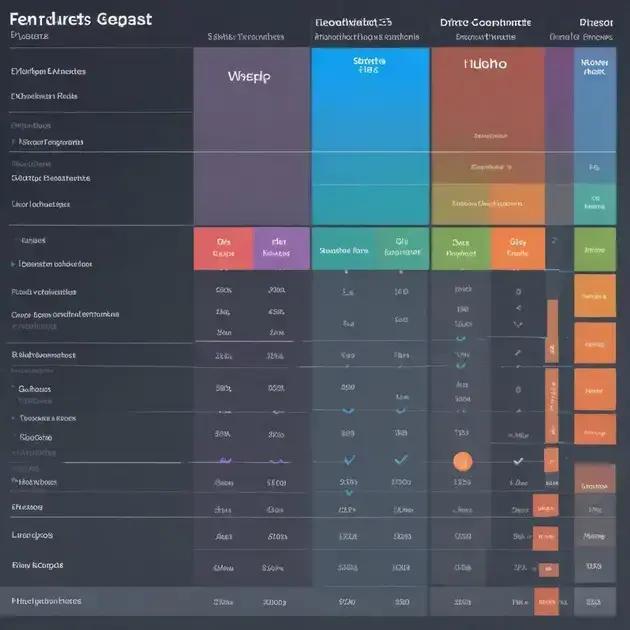
When searching for the right CRM pricing plans, it’s essential to compare the options available. Below are some popular CRM solutions, highlighting their pricing models and key features that set them apart.
Salesforce
Salesforce is one of the most well-known CRMs. They offer a range of plans starting with their Essentials plan at around $25 per user per month. This plan provides basic features like contact management and lead tracking, making it suitable for small teams. Higher-tier plans offer advanced features like automation and analytics, catering to larger organizations with more complex needs.
HubSpot
HubSpot offers a popular freemium model, allowing users to access basic CRM features at no cost. Their paid plans start at $50 per month and include additional marketing, sales, and customer service tools. This flexibility can be great for businesses that want to start small and gradually expand their CRM capabilities as they grow.
Zoho CRM
Zoho CRM provides competitive pricing starting at $14 per user per month for their Standard plan. It includes features such as lead generation, sales automation, and reporting. Zoho also offers a fully-featured free plan for businesses with up to three users, making it appealing for startups and small businesses.
Pipedrive
Pipedrive’s pricing begins at $15 per user per month, focusing heavily on sales management. The platform is known for its simplicity and user-friendly interface, making it ideal for teams that prioritize ease of use. Higher plans introduce more advanced features, such as workflow automation and sales reporting.
Microsoft Dynamics 365
Microsoft Dynamics 365 has a starting price of approximately $65 per user per month. This CRM is highly customizable and integrates well with other Microsoft tools. It’s suitable for businesses that are already using Microsoft products and seek a seamless workflow.
By comparing these popular CRM pricing plans, businesses can make informed choices that best fit their budget and requirements.
Common CRM Pricing Mistakes to Avoid
When selecting a CRM, avoiding common pricing mistakes is crucial to ensure you get the best value for your investment. Here are some frequent pitfalls to be aware of:
Not Considering Total Cost of Ownership
Many businesses focus solely on the initial subscription price but overlook additional costs like implementation, training, and ongoing support. Always evaluate the total cost of ownership for a clearer financial picture over time.
Ignoring Hidden Fees
Some CRM providers may charge hidden fees for features like integrations, customization, or customer support. Carefully read the contract and ask about any potential extra charges to avoid surprises down the line.
Overestimating Your Needs
Choosing a CRM with more features than you need can lead to unnecessary expenses. Assess your requirements accurately and select a plan that fits your current needs without overspending on features you may not use.
Failing to Evaluate Scalability
As your business grows, your CRM needs may change. Opting for a solution that isn’t scalable can lead to more costs later when you need to switch to a more robust system. Ensure the CRM can grow with your business.
Disregarding User Adoption
No matter how affordable a CRM is, if your team struggles to adopt it, the investment is wasted. Consider the user experience, training resources, and support before finalizing your choice, ensuring it fits your team’s capabilities.
Avoiding these common CRM pricing mistakes can help you make a well-informed decision and get the most out of your investment.
In Summary: Navigating CRM Pricing
Navigating CRM pricing can seem challenging, but understanding key factors will help you make the right choice. By assessing your business needs and budget, you can find a CRM that fits well.
Be careful to avoid common mistakes like overlooking hidden fees and overestimating your needs. Always consider the total cost of ownership and how the CRM can grow with your business.
With careful planning and research, you can choose a CRM that enhances your operations and supports your business goals. Take the time to find the right solution that will lead to success.
FAQ – Frequently Asked Questions about CRM Pricing
What factors should I consider when evaluating CRM pricing?
Consider features, number of users, customization needs, support, and contract terms when evaluating CRM pricing.
Are there hidden fees associated with CRM solutions?
Yes, some providers may charge hidden fees for features, integrations, or additional support, so it’s important to read the fine print.
How can I avoid overestimating my CRM needs?
Assess your current business requirements and choose a plan that aligns with those needs rather than opting for unnecessary features.
What is total cost of ownership in CRM?
Total cost of ownership includes not only the subscription price but also costs for implementation, training, and support over time.
Why is user adoption important for CRM success?
User adoption ensures that your team effectively uses the CRM, maximizing its benefits and justifying the investment.
What are common mistakes to avoid when choosing a CRM?
Avoid overlooking hidden fees, overestimating needs, and failing to evaluate scalability or total cost of ownership.
